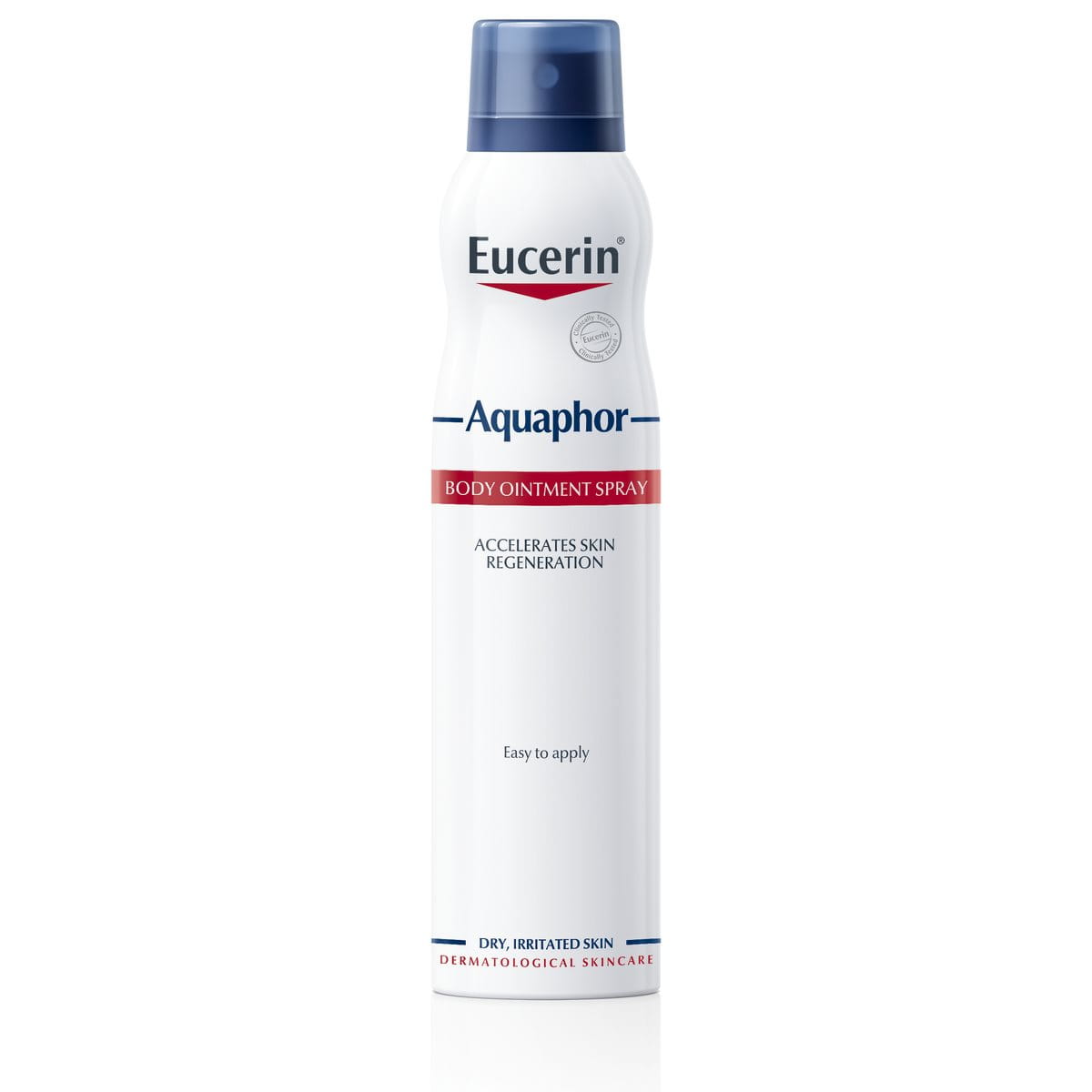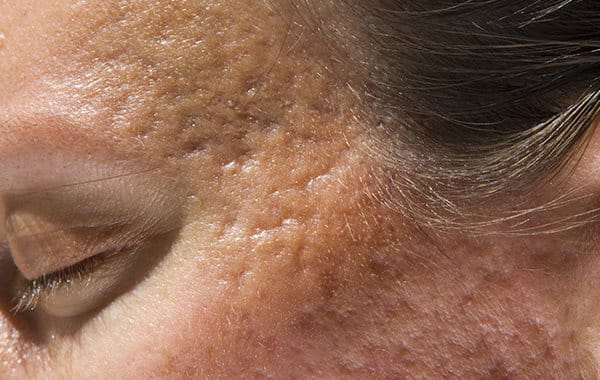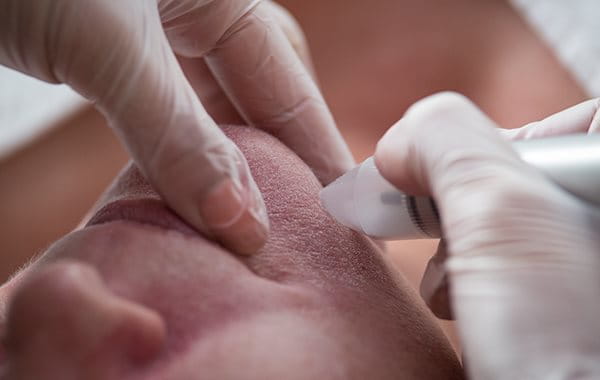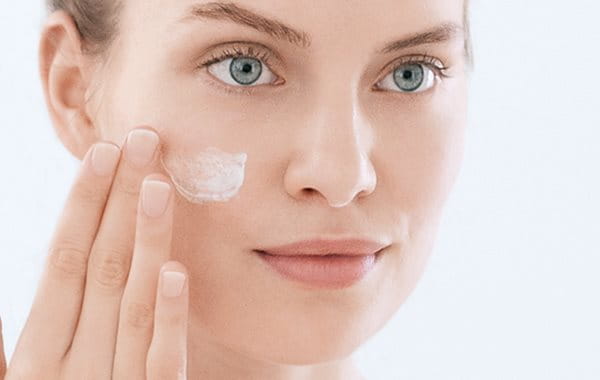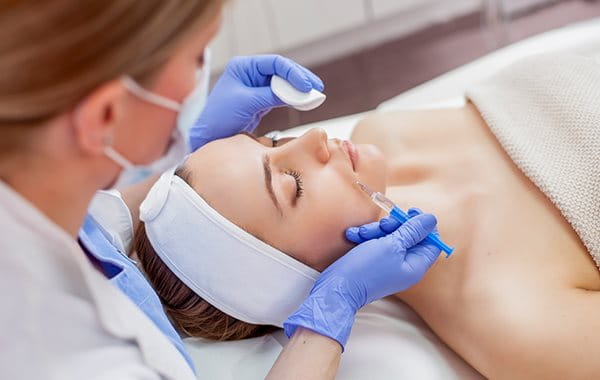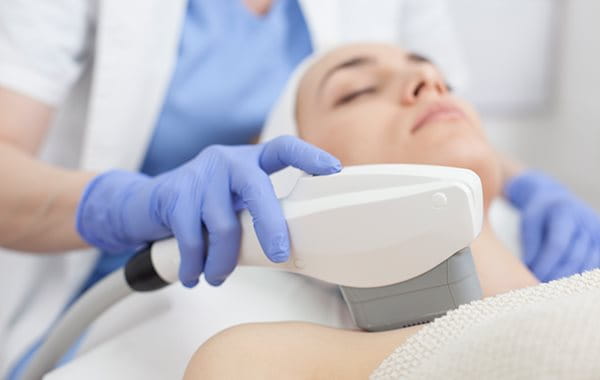Living with acne can be difficult but, for many, the problems continue after the papules and pustules have cleared up. Acne can leave skin marked and scarred and, if someone has experience severe acne, the subsequent scarring can be equally severe and distressing.
Thankfully, there are several options available for tackling these scars, but the best treatment is undoubtedly prevention - i.e. not getting the scars in the first place. If you are suffering from acute acne, then we recommend you consult a dermatologist as soon as possible. He or she will be able to recommend a treatment that can alleviate your acne so that scar formation can largely be avoided.
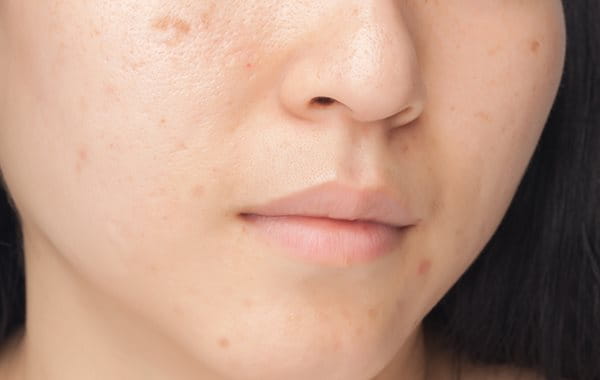
Undoubtedly the most noticeable and most severe consequence of acne is scarring, but acne can leave other marks behind such as pimple marks caused by post-inflammatory hyperpigmentation (PIH, You can find out more about how to reduce and remove these in acne and hyperpigmentation.
Try to resist the temptation to fiddle with blackheads, whiteheads and other blemishes − either with your fingers or with other implements. It’s when you squeeze blemishes too hard (especially those that have not yet fully formed) that you can damage the fine veins, glands and tissues that surround them. This can make the symptoms of acne worse and increase the risk of scarring.
Scars form when the outermost layers of skin, the epidermis, has been damaged and the deeper layers of the skin are also affected. Skin is unable to regenerate itself exactly as it was so the wound is replace by granulation tissue which is made up of collagen fibres. These fibres fill the wound from the inside out and help to heal the damaged area of skin. This replacement tissue may heal the injury, but can also remain visible.

